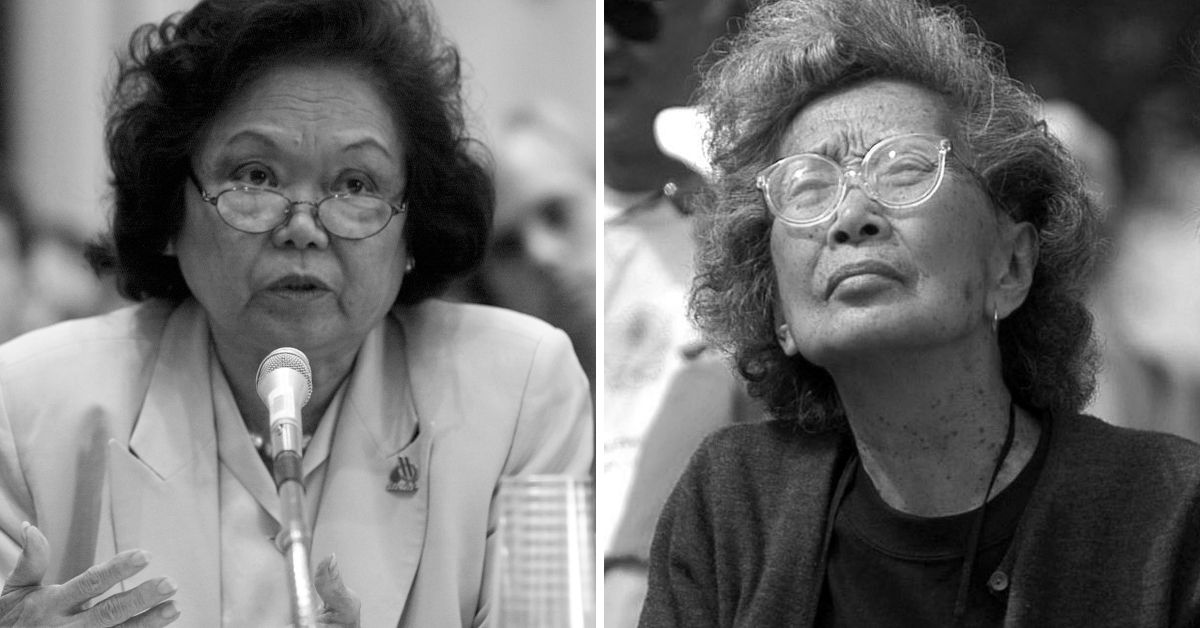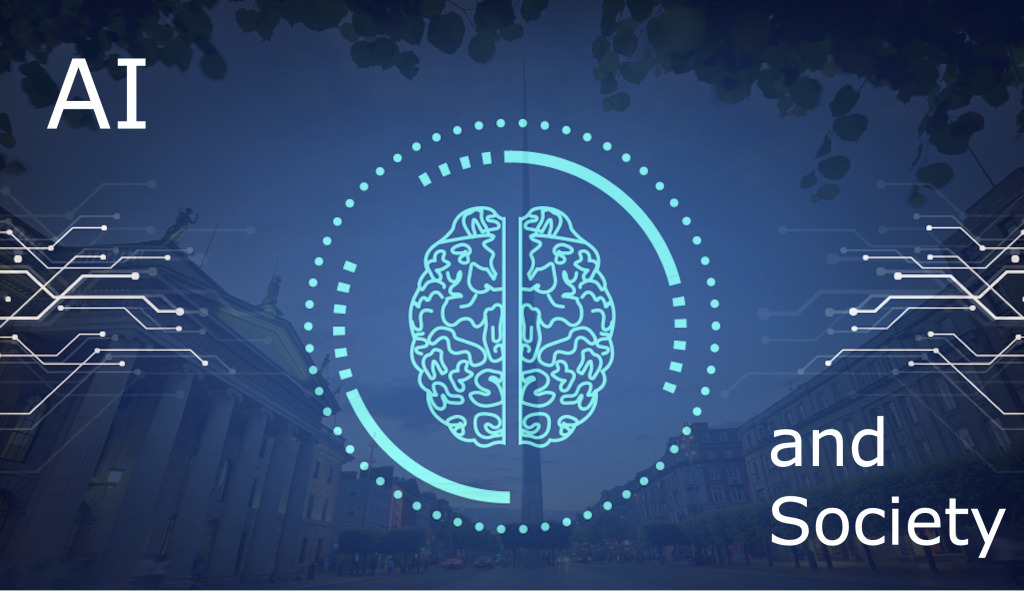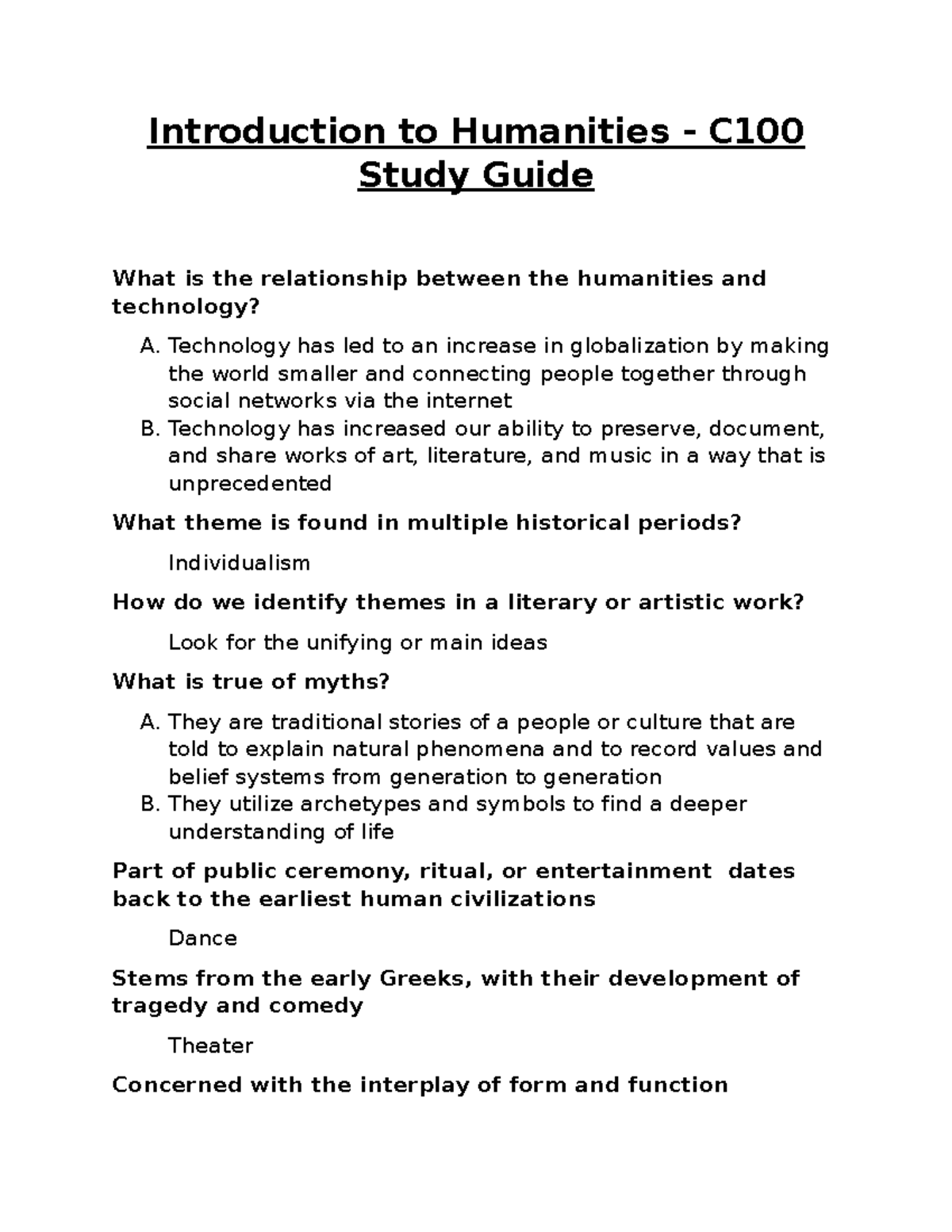Asian American women’s history is a rich yet often overlooked aspect of the broader narrative of American history. Recent exhibitions, such as the one at the Schlesinger Library, highlight the pivotal roles these women played, showcasing artifacts that connect past and present. From Ainu and Visayan women displayed at the 1904 World’s Fair to the groundbreaking accomplishments of photojournalist Jessie Tarbox Beals, their stories are being brought to light. This exhibition not only uncovers the invisible threads that bind these narratives but also encourages a reassessment of how women in history are represented. As curator Victor Betts points out, understanding Asian American history is essential to grasping the full scope of American identity and experience.
The exploration of the experiences of women of Asian descent in America is crucial for understanding the complex fabric of American society. Often categorized under the umbrella of broader cultural narratives, the accounts of these women have historically been marginalized or rendered invisible. Pioneers in various fields have shaped the contours of Asian American history, from culinary arts to activism, challenging stereotypes and asserting their identities. Exhibits like the Schlesinger Library’s showcase not only aesthetic artifacts, such as photographs of Ainu and Visayan women but also amplify the voices that have contributed to significant social movements. As we delve into the legacies of these remarkable individuals, we uncover the intertwined fates of diverse communities within the historical narrative.
Unveiling the Invisible: The Exhibition at Schlesinger Library
The Schlesinger Library’s recent exhibition, “Illuminate: Contextualizing Asian American Women’s Stories Through the Archives,” seeks to shine a light on the often overlooked narratives of Asian American women. This exhibit presents an opportunity to revisit how these women’s histories have been marginalized in mainstream narratives. Among the artifacts displayed are poignant photographs of Ainu and Visayan women, whose identities were largely erased despite their appearance as part of the 1904 World’s Fair. These representations highlight a critical aspect of Asian American history, emphasizing the importance of recovered narratives that contribute to a fuller understanding of the fabric of American society.
Curatorial efforts led by Victor Betts, alongside student involvement, bring a unique perspective to this exhibition. It integrates academic research and community engagement, showcasing multimedia elements such as political posters and photographs. This provides a comprehensive overview of the challenges faced by these women, from the Chinese Exclusion Act to modern anti-Asian violence during the COVID-19 pandemic. The show’s format not only engages viewers but also invites them to reflect on the contributions and struggles of Asian American women throughout history, reinforcing the need for inclusive historical narratives.
The Role of Asian American Women in Historical Narratives
Throughout American history, Asian American women have played vital roles that are often overlooked. The Schlesinger Library exhibition emphasizes their contributions, urging visitors to reconsider preconceived notions about their involvement in social and political movements. By focusing on figures such as Jessie Tarbox Beals, one of the first female photojournalists whose work documented Asian women, the exhibit reveals how these women have shaped their histories even while facing systemic challenges. Their stories underscore the resilience and agency present within communities that have historically been marginalized.
Moreover, the contributions of women like Ah Fong, a Chinese woman involved in legal battles in the 19th century, serve as testaments to the pioneering spirit of Asian American women. These women’s actions not only transformed their lives but set precedents for future generations. The exhibit prompts a crucial dialogue regarding visibility and representation, illustrating how erasure continues to affect these narratives in both academic settings and public consciousness. As such, understanding the role of Asian American women is indispensable for a holistic understanding of American history.
Cultural Representation and the 1904 World’s Fair
The 1904 World’s Fair serves as a striking example of how Asian women were historically portrayed in American culture. The exhibition at Schlesinger Library presents artifacts that include images of Ainu and Visayan women displayed as ‘living exhibits,’ a practice that underscores the exploitation and commodification of their identities. Such representations not only stripped these women of their narratives but also perpetuated harmful stereotypes that continue to influence perceptions of Asian cultures today. By reevaluating these depictions, the exhibition invites a deeper discussion surrounding cultural representation and the lasting impact of colonial attitudes.
Additionally, these historical representations are discussed in the context of modern perceptions of Asian American women. The contrast between the exploitative displays of the past and the empowerment seen today, where individuals reclaim their narratives, highlights significant changes in how Asian American women are viewed. The Schlesinger Library’s exhibition, coupled with the academic work of students and faculty, reflects an important shift towards acknowledging and honoring the complexity of these identities and their histories in the broader tapestry of American life.
Insights from Scholars and Students on Asian American Women’s History
The collaboration between scholars and students in developing the exhibition at Schlesinger Library enriches the discourse on Asian American women’s history. Co-taught by Victor Betts and Erika Lee, the course accompanying the exhibit allows students to engage deeply with archival materials. This hands-on experience facilitates critical discussions about erasure, visibility, and representation within historical narratives. By analyzing cases like that of Ah Fong, students gain insights into the legal and cultural battles waged by early Asian American women, thus recognizing their roles as pioneers in various fields.
Students such as Sophia Wang and Christian D. Topinio have taken the opportunity to explore and present these stories through their final projects, showcasing how past injustices resonate with the present. Their findings not only highlight individual struggles but also urge peers to consider the broader implications of historical narratives. The exhibition serves as a platform to question why many Asian American women’s stories have been marginalized and how acknowledging these histories can reshape our understanding of American history as a whole.
The Impact of Asian American Women Artists
Art has long been a vital medium for expressing the stories and struggles of marginalized communities, and Asian American women artists are no exception. In conjunction with the “Illuminate” exhibition, visual artist Shaina Lu’s contributions underline the significance of creativity in revealing hidden narratives. By placing her translucent illustrations throughout the exhibit space, Lu encapsulates the essence of Asian American women’s voices, which have often been overshadowed. Her work serves not only to beautify the space but also to invoke critical contemplation about representation and visibility.
Moreover, artists like Lu highlights the intricate ties between culture, identity, and activism in the Asian American community. They play crucial roles in instigating conversations around social justice, using their art to commemorate and advocate for change. The exhibition emphasizes that the fight for justice and recognition has deep roots within these communities, often spearheaded by women artists who challenge societal norms. This reexamination of artistic contributions provides an enriched perspective on how art and activism intersect in the ongoing journey to acknowledge and celebrate Asian American women’s histories.
Exploring the Erasure of Asian American Women’s Narratives
Erasure is a recurring theme in the archives showcasing Asian American women’s histories; this phenomenon manifests in various forms, as seen in the exhibit at the Schlesinger Library. The exhibition challenges audiences to consider the reasons behind the historical invisibility of these women and the societal structures that allowed it to persist. Furthermore, by unveiling these narratives, the exhibit aims to address the voids created by a lack of representation and recognition in both historical documentation and contemporary discourse.
By invoking discussions on erasure, curators and scholars alike emphasize the importance of recording and preserving these stories. The impact of this advocacy is seen in the students’ projects, where they actively engage with the materials to reclaim spaces for Asian American women’s voices. As a result, the exhibit not only highlights historical figures but also positions contemporary Asian American women as agents of change—ensuring their stories are recognized, celebrated, and included in the wider narrative of American history.
The Intersections of Asian American Women’s Activism
The histories of Asian American women are inextricably linked to various movements for social justice and civil rights. The Schlesinger Library exhibition provides an opportunity to explore these intersections, emphasizing how Asian American women have historically engaged in activism across multiple fronts. From resisting exclusionary immigration laws to advocating for civil rights during the Japanese American internment, these women have been pivotal in shaping the landscape of American social movements, though their contributions have often gone unrecognized.
Drawing connections between past and present, the exhibit also highlights modern activists who continue to carry the torch for equality and justice, responding to anti-Asian sentiments especially during the COVID-19 pandemic. By showcasing these ongoing efforts alongside historical movements, the Schlesinger Library illustrates the continuity of Asian American women’s activism, effectively debunking the myth of their passivity. This more comprehensive understanding invites deeper reflection on the ways in which societal change is achieved through the relentless efforts of women who bridge historical and contemporary struggles.
Asian American Women’s Influence on Cultural Narratives
The contributions of Asian American women significantly influence cultural narratives across art, literature, and activism. The Schlesinger Library exhibition serves as a focal point for understanding how these influences manifest and evolve over time. By showcasing various materials, including comics and zines, the exhibit reflects the ways in which Asian American women have asserted their voices, crafting counter-narratives that challenge stereotypical portrayals of their identities. This reclamation of their stories is critical to reshaping public perception and fostering a more inclusive cultural landscape.
Moreover, the engagement of contemporary figures within these cultural narratives highlights the ongoing relevance of Asian American women’s experiences. As more creators emerge to share their stories and representation expands across media, the narratives of Asian American women continue to gain prominence. The Schlesinger Library’s exhibit not only documents this progression but also inspires future generations to redefine cultural narratives where Asian American women’s voices are integral, ensuring their stories are celebrated rather than omitted.
The Importance of Archival Research in Asian American History
Conducting archival research is fundamental to piecing together the often fragmented histories of Asian American women. The Schlesinger Library provides invaluable resources that allow scholars and students to uncover and validate these narratives, bringing to light the contributions and experiences that have been marginalized. Through meticulous research, students have the opportunity to engage with primary sources that open up dialogues surrounding discrimination, identity, and resilience. This process not only enhances the students’ understanding of Asian American history but also reinforces the importance of safeguarding these stories for future scholarship.
The collaboration between students and archivists exemplifies a contemporary approach to historical research, developing a model for future scholarship that is inclusive and comprehensive. By participating in this research, young scholars become actively involved in the creation of knowledge and the re-examination of historically significant figures within Asian American history. By emphasizing the need for thorough archival research, the exhibition at the Schlesinger Library champions the narratives of Asian American women, advocating for legitimate acknowledgment within the broader context of American history.
Frequently Asked Questions
What is the significance of the Schlesinger Library exhibition on Asian American women’s history?
The Schlesinger Library exhibition, titled “Illuminate: Contextualizing Asian American Women’s Stories Through the Archives,” plays a crucial role in shedding light on the overlooked narratives of Asian American women. It features artifacts, photographs, and stories spanning the last 150 years, prompting a reassessment of their contributions and identities in Asian American history.
How do Ainu and Visayan women relate to Asian American women’s history?
Ainu and Visayan women are prominently featured in the Schlesinger Library exhibition, as their experiences were highlighted during the 1904 St. Louis World’s Fair, where they were exhibited as ‘living displays.’ Their inclusion in Asian American women’s history showcases the intersections of cultural identity and representation, while also addressing the exploitation that marginalized women faced historically.
What role did Jessie Tarbox Beals play in documenting Asian American women’s history?
Jessie Tarbox Beals, one of America’s pioneering female photojournalists, documented numerous aspects of daily life and cultural events during her time. Her photographs, including those of Ainu and Visayan women at the 1904 World’s Fair, are vital artifacts in understanding Asian American women’s history, as they preserve narratives that might otherwise remain invisible.
Why is the narrative of Asian American women often invisible in historical accounts?
Asian American women’s narratives are often marginalized in historical accounts due to a combination of factors, including societal biases, their smaller population sizes, and the focus of traditional narratives on more dominant groups in American history. The Schlesinger Library exhibition emphasizes the need to address these gaps and highlight the importance of Asian American women’s contributions.
How does the exhibit ‘Illuminate’ challenge perceptions of women in history?
The exhibit ‘Illuminate’ challenges perceptions of women in history by presenting a more nuanced view that goes beyond their historical marginalization. It encourages viewers to reconsider the roles and narratives of Asian American women, showing them as active participants in history rather than passive subjects, thus enhancing our understanding of Asian American history.
What are some key themes explored in the exhibit about Asian American women?
Key themes in the exhibit include the visibility and erasure of Asian American women in historical narratives, the impact of colonialism on cultural representation, and the evolution of their voices from being marginalized to narrating their own stories. These themes are critical to understanding the broader context of Asian American women’s history.
How do modern Asian American women contrast with earlier figures in Asian American history?
Modern Asian American women often have the opportunity to narrate their own stories, as seen in the archives created by influential figures like chefs Grace Zia Chu and Madhur Jaffrey. In contrast, earlier figures in Asian American history, such as those represented at the St. Louis World’s Fair, lacked this privilege and were often depicted through a lens of fascination or curiosity, thereby reinforcing colonial narratives.
What historical events are connected to the narratives of Asian American women in the exhibit?
The exhibition connects the narratives of Asian American women to significant historical events such as the Chinese Exclusion Act, Japanese American internment, the Civil Rights movement, and recent anti-Asian violence during the COVID-19 pandemic. These connections highlight the socio-political challenges that Asian American women have faced throughout history.
How does the Schlesinger Library plan to expand its focus on Asian American women’s history?
The Schlesinger Library aims to broaden its collection of materials related to Asian American women’s history by actively seeking new artifacts, stories, and narratives that reflect their contributions and experiences. This effort demonstrates a commitment to preserving and promoting a more inclusive understanding of American history.
| Key Point | Details |
|---|---|
| Exhibition Introduction | The exhibit showcases the often overlooked narratives of Asian American women, featuring artifacts from the last 150 years. |
| Historical Context | Focuses on the visibility of Asian American women in history, referencing their marginalization in archives. |
| Educational Collaboration | Created in collaboration with a university course, combining research and co-teaching methodologies. |
| Archival Resources | Students explored archival materials, including photographs and legal cases that highlight Asian American women’s struggles and contributions. |
| Cultural Representation | The exhibit includes works from artists that illustrate the narratives of Asian American women, promoting visibility and understanding. |
| Continuity of Efforts | The collection aims to expand the representation of Asian American women’s stories in history and societal context. |
| Conclusion on Significance | The exhibition challenges audiences to reconsider the roles and impacts of Asian American women in America’s history. |
Summary
Asian American women’s history is a crucial yet often overlooked aspect of the broader American narrative. The recent exhibit at the Schlesinger Library shines a light on their stories, featuring artifacts that reveal the historical and contemporary struggles faced by these women. By examining archival materials and collaborating in educational contexts, this initiative not only highlights the cultural contributions of Asian American women but also calls for a reevaluation of their significance in American history. As audiences engage with these narratives, they are invited to reflect on the importance of inclusivity in understanding America’s past.


